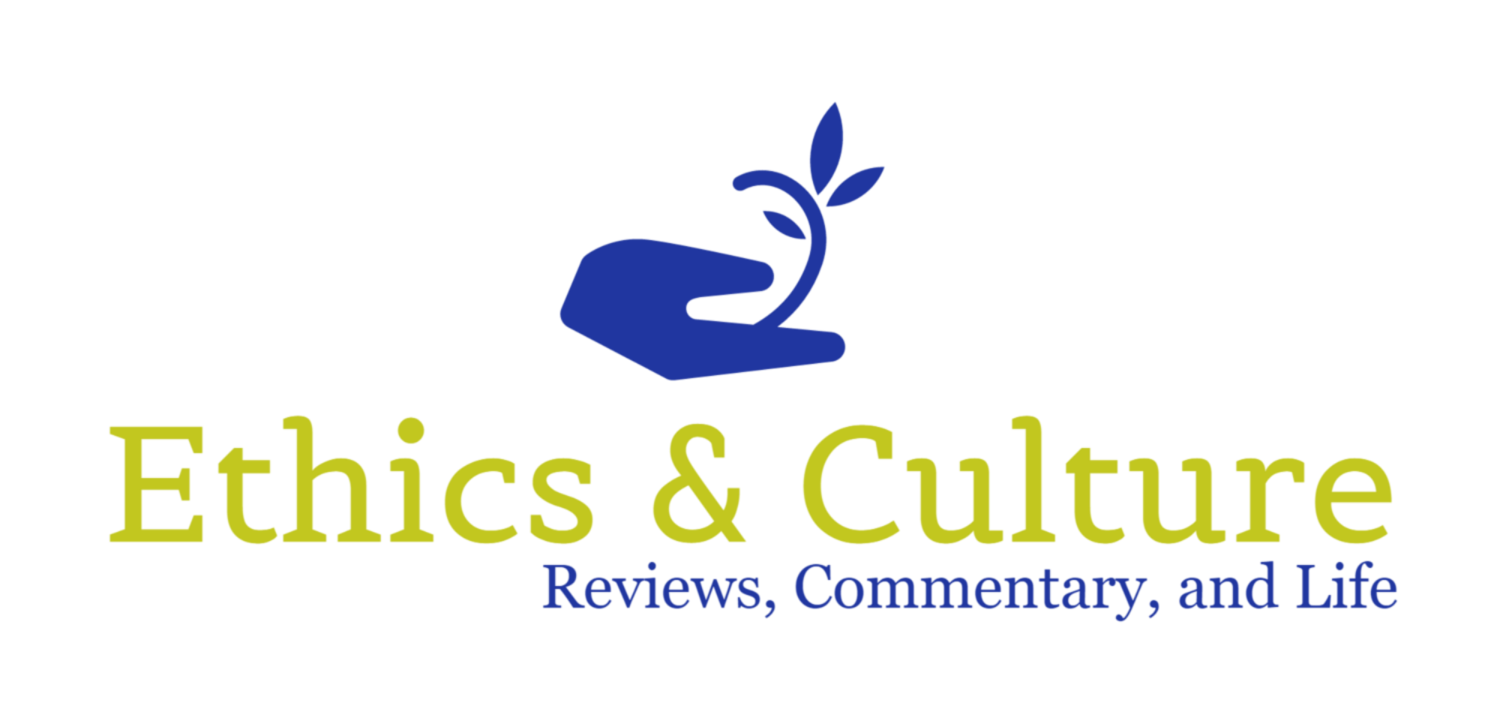C. S. Lewis on Christianity as a Means to an End
The genius of C. S. Lewis is, perhaps, most clearly evident in his devotionally rewarding, theologically rich, and whimsical book, The Screwtape Letters. Those brief snippets of supposed letters from a senior devil to a junior one get at many of the issues that were wrong with Christianity in his day, which happen to be remarkably similar to those that are wrong in our day.
In Letter 25, Screwtape writes to Wormwood:
“The real trouble about the set your patient is living is that it is merely Christianity. . . . What we want, if men become Christians at all, is to keep them in the state of mind I call ‘Christianity AND.’ You know––Christianity and the Crisis, Christianity and the New Psychology, Christianity and the New Order, Christianity and Faith Healing, Christianity and Psychical Research, Christianity and Vegetarianism, Christianity and Spelling Reform. If they must be Christians let them at least be Christians with a difference. Substitute for faith itself some Fashion with a Christian colouring.”
Depending on who reads that paragraph the object to the right of the “And” will vary. It could be social justice, anti-racism, prosperity, comfort, political conservatism, or doctrinal orthodoxy (when pursued for its own sake). In other words, this isn’t a “left” or “right” issue, it is one that can impact all Christians and often the “And” is adopted in the name of making Christianity purer and more proper.
In Letter 23, we get prelude to the “Christianity And” discussion:
“We do want, and want very much, to make men treat Christianity as a means; preferably, of course, as a means to their own advancement, but, failing that, as a means to anything––even to social justice. The thing to do is to get a man at first to value social justice as a thing which the Enemy [God] demands, and then work him on to the stage at which he values Christianity because it may produce social justice. For the Enemy will not be used as a convenience. Men or nations who think they can revive the Faith in order to make a good society might just as well think they can use the stairs of Heaven as a short cut to the nearest chemist’s shop. Fortunately it is quite easy to coax humans round this little corner. Only today I have found a passage in a Christian writer where he recommends his own version of Christianity on the ground that ‘only such a faith can outlast the death of old cultures and the birth of new civilisations.’ You see the little rift? ‘Believe this, not because it is true, but for some other reason.’ That’s the game.”
To be clear, Lewis prized actual social justice. Many casual readers of Lewis would be surprised at just how much he wrote on particular social issues of his time in a wide range of periodicals. In some areas he was quite advanced for his time and in other areas he sounds like the dinosaur he claimed to be. But the man was always arguing toward truth from Christianity. He was not attempting to use Christianity as a means to gain something else. This prevented him from falling into the trap of “Christianity And.”
The temptation in reading a moralist like Lewis is to look at what he wrote and say, “Boy, he gave those other guys a good drubbing. Wait until I post this quote on social media.”
The proper response to reading Lewis on these issues, especially in The Screwtape Letters, is to ask that more significant question, “In what ways have I fallen into the trap that Screwtape outlines.” If we are honest, we’ll probably find that we have been at least somewhat guilty at some point. As we pursue holiness, our task is more to knock off the rough edges of our own sanctification than to point out the problems of the other folks.






















There’s no reason to doubt that Jesus was nailed to the cross. Ultimately, I trust what Scripture says about Jesus’s crucifixion because I also trust what it says about his resurrection. And that’s what we should be celebrating this week.